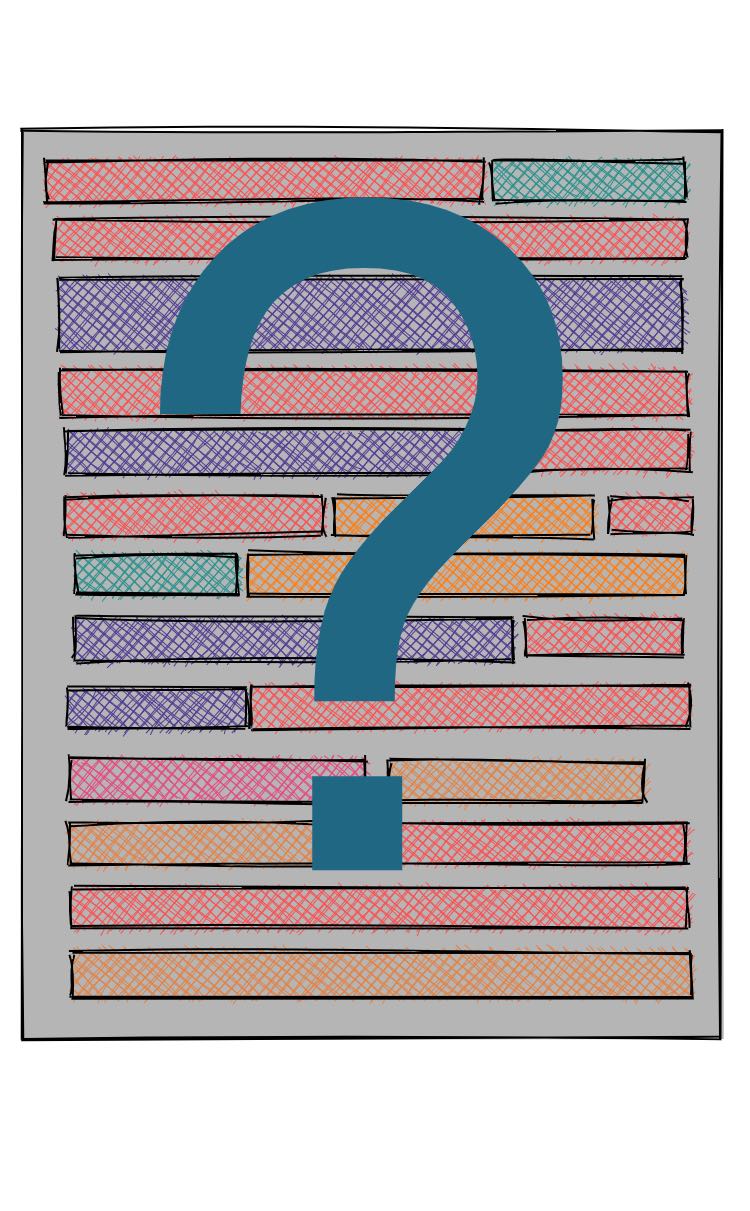Reading
How to cure Highlight Dementia
How to make sure that you never lose insights when reading and highlighting. Because Highlight Dementia is completely preventable.

I have no idea how much ink has been spillt in the least five years by people using highlighters to mark up articles and books, but I would bet good money that most of it has been in vain.
The reason for this is what I call Highlight Dementia - the face you make when you go back through your highlights and you're like "whaaa...why did I highlight this, this is useless?!".
I'm sure you have experienced this yourself. You read a fantastic book, like The Invention of Science by David Wootton or Tribe by Sebastian Junger and you mark it up like crazy. As you read, at least every second page has a sentence worth highlighting, what you're reading is just fascinating! And then you put the book down. You do other things, life happens, and a month later you pick the book back up. You go through your highlights. And more often than not, you're just like...🤔❓🧐. Highlight Dementia.
Or, think back to all the reading you had to do during high school or college. If you took out your readings from then and looked at the highlights...how much of it would still make sense?
Most people see this as a failure of the book or paper. What I hear people often say is something like "not sure why I highlighted this, it's not important". Or, they even treat is as an explicit filter mechanism to weed out "unimportant" highlights.
This is where people are wrong.
Sure, not every sentence in a book is important, but unless your strategy in marking up texts is to close your eyes and move the highlighter randomly, a highlight is a signal that the sentence was important to you in that moment.
If you can't reconstruct the meaning of a highlight as time goes on, that's a) a shame and b) on you, and no-one else.
Now, why can't people reconstruct the meaning of a highlight? It happens because people don't have a reading strategy beyond "I'm going to read this, now".
To prevent Highlight Dementia, there's at least two things you want to pay attention to: whether you're doing Synchronous Reading or Asynchronous Reading and whether you're creating context around your highlights.
The most important thing to do to prevent Highlight Dementia is creating context around your highlights.
For every highlight that you make, try to also note down a couple of words on why you are highlighting the sentence.
If you're not sure what to write, think about these questions:
- What else does this make you think of?
- Is there anything that confuses you?
- Is there someone you know who'd be interested in this?
If you are using Roam (as you should), it's often enough to just put [[links]] to concepts next to the highlight to create some context.
Creating context around your highlights is also independent of the medium you're reading the book in and take your notes. You can write in the margins of a paper book or put notes into your Kindle highlights, and so on. The important thing is that you do more than just "mark up" a text - you have to create context.
The other consideration when "treating" your Highlight Dementia is whether you're doing Synchronous Reading or Asynchronous Reading. What does that mean?
When you're reading actively, i.e. you're actively creating context around the highlights you're making and write up your own thoughts, there's two ways to do this.
The first one is Synchronous Active Reading, where you have your index cards, notebook or Roam database open alongside the text and immediately write down the quotes and thoughts you have.
The opposite is Asynchronous Active Reading, where you only have your book/paper and a pen or highlighter. If you do Asynchronous Active Reading, you'll need to return later to copy over the notes you took in the margins and the parts you copied over to your final storage medium.
Asynchronous Active Reading is much more vulnerable to Highlight Dementia than Synchronous Active Reading because the time gap between highlighting and transferring is often quite random, and even relatively short periods can lead to quite a bit of lost context, if you don't pay explicit attention to preventing that.
Next time you sit down to read, do a quick mental check: am I reading synchronously or asynchronously right now? If you're doing the latter, ask yourself: when will I return to the book and my highlights and transfer them to a better storage medium? Do I need to set a reminder for myself to do this?
The storage medium itself isn't as important as the act of returning and transferring your notes over. Whether you're using paper index cards like Ryan Holiday, a "Common Place Book" like John Locke or a digital solution like Roam Research - make sure you transfer things over. Highlights are useless if they're not liberated from their original location and enriched with your own personal context.
To summarize:
When you are reading, read actively and create context around your highlights. Then make sure you transfer your notes and highlights to your permanent note storage - either immediately if you're reading synchronously, or set a reminder for when you're going to do it when you're reading asynchronously.
Related Topics
Join the Cortex Futura Newsletter
Subscribe below to receive free weekly emails with my best new content, or follow me on Twitter or YouTube.
Join and receive my best ideas on academic workflows, reading, and Roam Research
